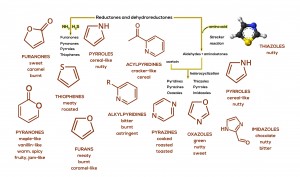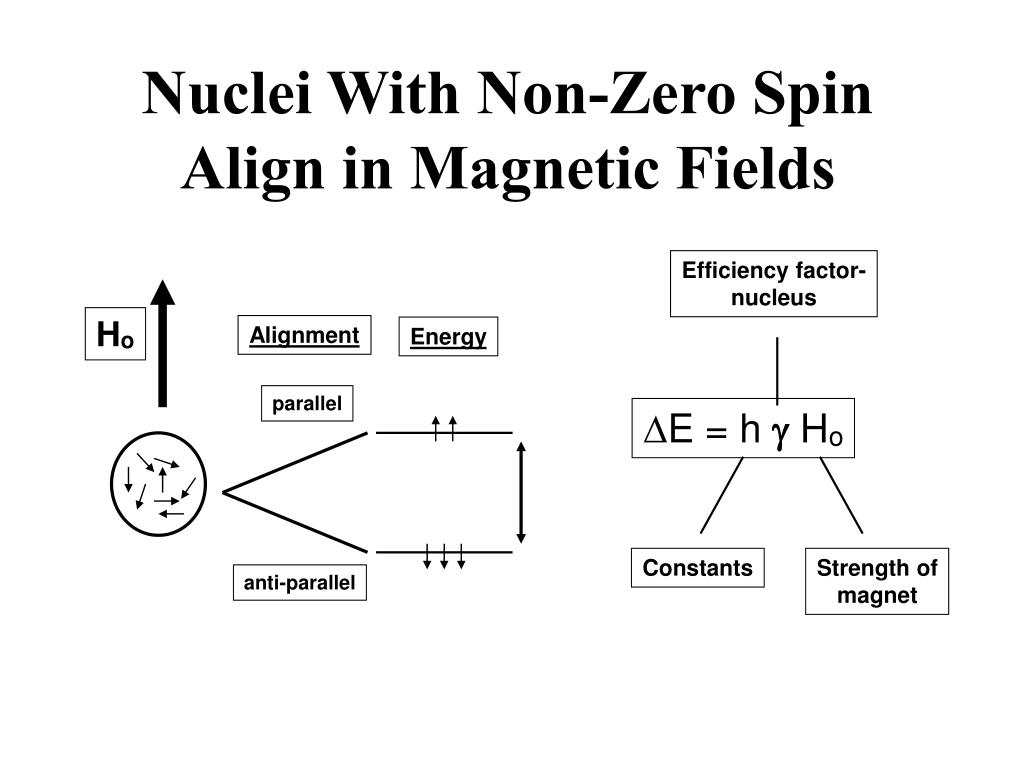


For instance, these results indicate that free energies, rather than enthalpies, should be used to estimate the driving force for HAT when transition-metal centers are involved. The discovery that ΔS°HAT can deviate significantly from zero has important implications on the study of HAT and proton-coupled electron-transfer (PCET) reactions. This conclusion is supported by UHF/6-31G* calculations on the simplified reaction 2+⋯ONH 2⇆2+⋯HONH2. Measurement of the electron-transfer half-reaction entropy, |ΔS☏e(H2bim)/ET| = 29 ± 3 cal mol-1 K-1, is consistent with a vibrational origin. Instead, this effect arises primarily from changes in vibrational entropy upon oxidation of the iron center. Various studies indicate that hydrogen bonding, solvent effects, ion pairing, and iron spin equilibria do not make major contributions to the observed ΔS°HAT. The large entropy changes for these reactions, | TΔS° | = 9 kcal mol-1 at 298 K, are exceptions to the traditional assumption that ΔS° ≈ 0 for simple HAT reactions. The ground-state thermodynamic parameters in MeCN were determined for both systems using both static and kinetic measurements.

to TEMPO (2,2,6,6-tetramethyl-1-piperidinoxyl) to yield the hydroxylamine, TEMPO-H, and the respective deprotonated iron(lll) species, Fe III(Hbip) or FeIII(Hbim).Fe II(H2bim) (iron(ll)trisdiperchlorate) and FeII(H2bim) (iron(ll) trisdiperchlorate) both transfer H Reported herein are the hydrogen atom transfer (HAT) reactions of two closely related dicationic iron tris(α-diimine) complexes.


 0 kommentar(er)
0 kommentar(er)
